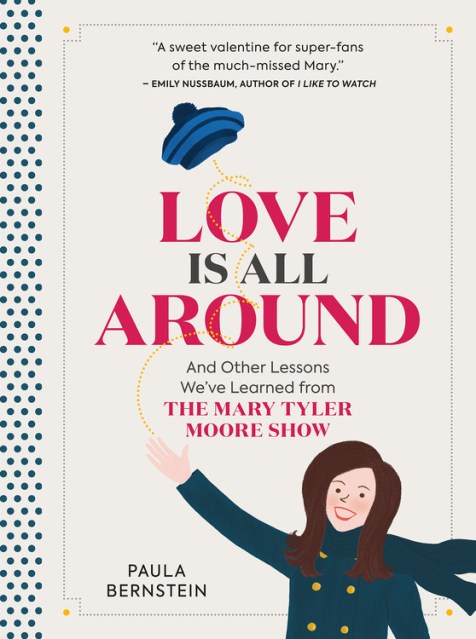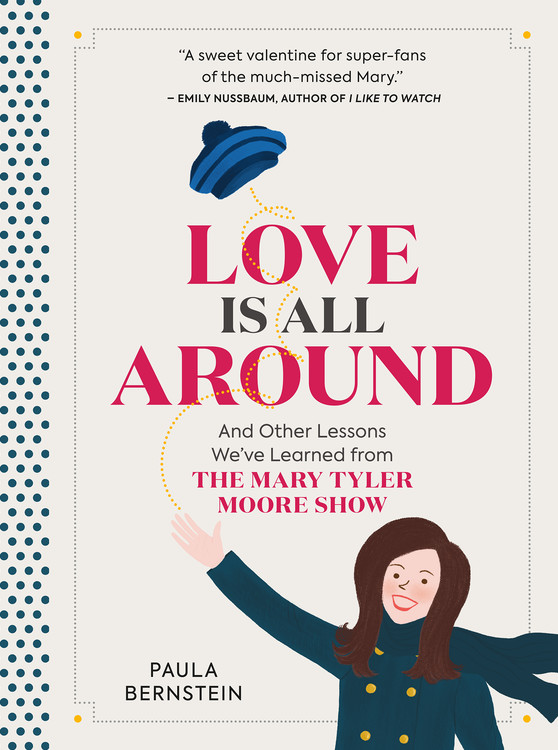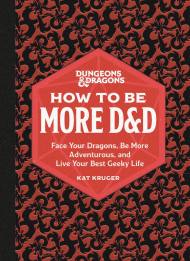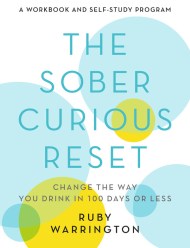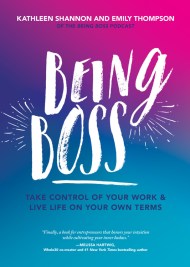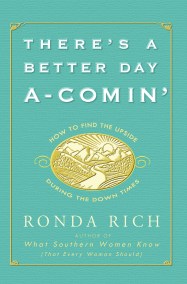Promotion
Use code MOM24 for 20% off site wide + free shipping over $45
Love Is All Around
And Other Lessons We've Learned from The Mary Tyler Moore Show
Contributors
Formats and Prices
Price
$20.00Price
$26.00 CADFormat
Format:
- Hardcover $20.00 $26.00 CAD
- ebook $12.99 $16.99 CAD
This item is a preorder. Your payment method will be charged immediately, and the product is expected to ship on or around September 1, 2020. This date is subject to change due to shipping delays beyond our control.
Also available from:
When the character of Mary Richards walked into the WJM News Room in the fall of 1970, one of the most beloved shows in television history was born. The Mary Tyler Moore Show would win 29 Emmys over its 7-year run, and would later be lauded as one of the most influential TV shows of all time. Not only that, but Mary Richards would become an icon and inspiration for future generations of women (for example, Oprah Winfrey, Andrea Mitchell, and Tina Fey have all credited Mary with inspiring their careers). Now entertainment writer Paula Bernstein writes this charming celebration of this groundbreaking show, offering not only fun trivia and history, but also the “lessons” we’ve gleaned, including:
- Make the Most of a Small Space. Mary’s adorable nook in a Victorian home became TV’s most famous bachelorette pad — and, with Mary’s “M” on the wall, inspired thousands of women to adopt their own first initial as home décor.
- Get Along with Everyone at Work. Lou Grant was grumpy, Ted Baxter a blowhard, and Murray an all-around nice guy. Mary worked with all her colleagues with grace and style. (And at the time, Mary’s position as Associate Producer at WJM was glass-shattering!).
- You Can Have the Town — Take it!: How Mary’s famous “hat throw” was an inspiration to independent, working women everywhere.
Genre:
- On Sale
- Sep 1, 2020
- Page Count
- 192 pages
- Publisher
- Running Press
- ISBN-13
- 9780762471973
Newsletter Signup
By clicking ‘Sign Up,’ I acknowledge that I have read and agree to Hachette Book Group’s Privacy Policy and Terms of Use
